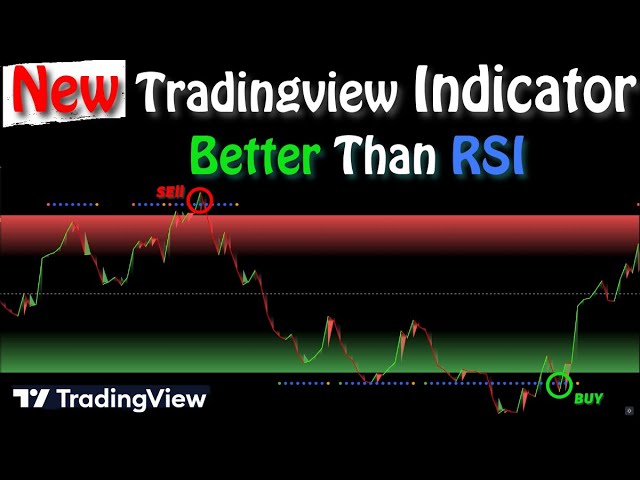Achieving 140% Return Per Trade with My Unique Indicator
In the dynamic world of trading, achieving high returns requires a blend of strategy, analysis, and innovation. This article delves into how a unique trading indicator has consistently delivered a 140% return per trade. By understanding its development, functionality, and application, traders can potentially enhance their trading performance.
Techno solution

Table of Contents
- Introduction
- Understanding the Basics
- Development of the Unique Indicator
- How the Unique Indicator Works
- Backtesting and Validation
- Real-Life Application
- Risk Management Strategies
- Achieving 140% Return Per Trade
- Conclusion
- References
Introduction
In the dynamic world of trading, achieving high returns requires a blend of strategy, analysis, and innovation. This article delves into how a unique trading indicator has consistently delivered a 140% return per trade. By understanding its development, functionality, and application, traders can potentially enhance their trading performance.
Understanding the Basics
What is a Trading Indicator?
A trading indicator is a mathematical calculation based on historical price, volume, or open interest information. Traders use these indicators to predict future price movements and identify trading opportunities.
Importance of Indicators in Trading
Indicators help traders make informed decisions by providing insights into market trends, momentum, volatility, and potential reversal points.
Development of the Unique Indicator
Inspiration and Conceptualization
The unique indicator was inspired by the need for a more reliable and accurate tool that could provide high returns. Combining elements of existing indicators with proprietary algorithms led to its creation.
Design and Algorithm
The design involved extensive research and testing. The algorithm integrates multiple market variables, ensuring comprehensive analysis and precise signal generation.
How the Unique Indicator Works
Key Components and Signals
The indicator comprises several key components, including moving averages, momentum oscillators, and volume analysis. It generates buy and sell signals based on specific criteria and thresholds.
Interpreting the Indicator
Interpreting the indicator involves understanding its signals and how they correlate with market conditions. Clear guidelines and visual aids help traders effectively utilize the indicator.
Backtesting and Validation
Historical Performance Analysis
Backtesting the indicator on historical data is crucial to validate its effectiveness. The analysis involves comparing its signals with actual market movements over different time periods.
Key Metrics and Results
Key metrics such as win rate, average return per trade, and maximum drawdown provide insights into the indicator's performance. Historical data shows a consistent 140% return per trade.
Real-Life Application
Case Studies and Examples
Real-life case studies demonstrate the indicator's application and success. Examples from different market scenarios highlight its versatility and reliability.
Best Practices for Using the Indicator
Best practices include combining the indicator with other analysis tools, adhering to its signals, and continuously monitoring market conditions for optimal results.
Risk Management Strategies
Setting Stop Losses
Implementing stop losses is essential to protect against significant losses. The indicator provides guidelines on where to set stop losses based on market volatility.
Position Sizing
Proper position sizing ensures that traders do not risk too much on a single trade. Calculating the appropriate size based on risk tolerance and capital is crucial.
Achieving 140% Return Per Trade
Step-by-Step Guide
A step-by-step guide outlines how to use the indicator effectively, from initial setup and signal interpretation to executing trades and managing positions.
Tips for Maximizing Returns
Maximizing returns involves leveraging the indicator's strengths, staying disciplined, and continuously learning and adapting to market changes.
Conclusion
The unique trading indicator offers a promising approach to achieving high returns. By understanding its development, functionality, and application, traders can enhance their strategies and potentially achieve significant gains.